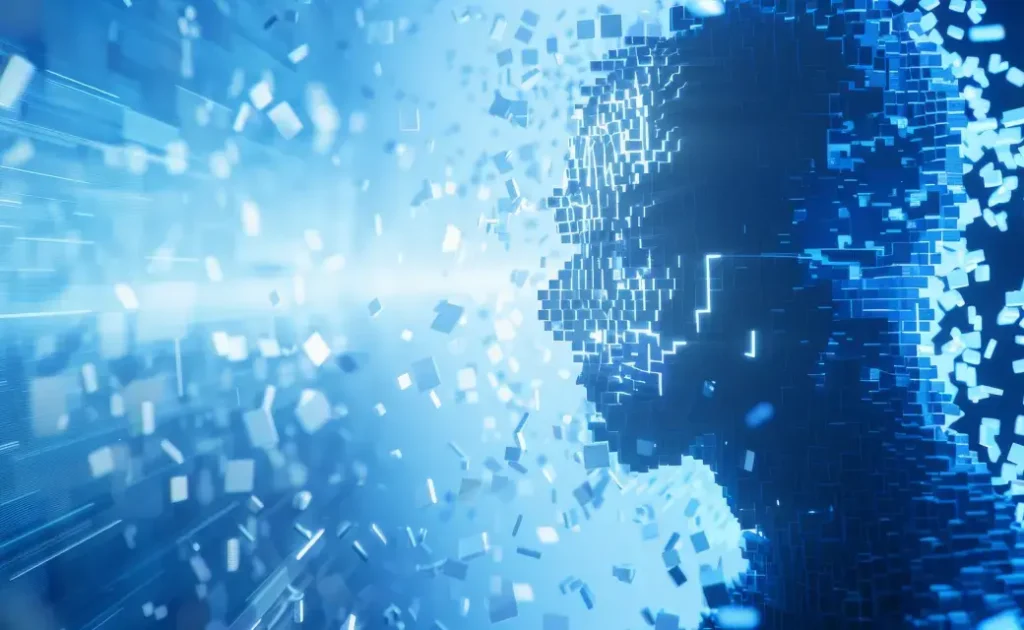What is fair use?
In this section, we will discuss the doctrine of fair use within the context of American law, which governs frequently used music platforms and video hosting sites, and constructs their rules and policies regarding user-generated content. It should be noted that a number of countries do not recognize this doctrine, while the laws of others (for example, Ukraine) redefine this doctrine, and their interpretation will not coincide with what is stated below. So, if your content doesn’t violate YouTube’s rules, but your country’s laws have their own fair use rules, you risk getting your video blocked at best.
US copyright law allows for using condensed extracts from copyrighted material which, under certain circumstances, may be quoted verbatim without permission or payment to the copyright owner for such purposes as criticism, news reporting, teaching, and research. These actions fall under the term ‘fair use.’
The general terms of fair use (free use) are:
- It should not harm the authors and deprive them of the opportunity to receive benefits from the results of their creative activity
- Fair use is carried out only within the limits defined by law
Although there is no normative definition of fair use, such use does not require obtaining permission from the work’s author and is free of charge. The utilization of fair use defines the conditions for establishing the legality of the use of the work, as well as the conditions for copyright infringement because of such use. Thus, it is not a violation to use the work for the purpose of criticism, news review, teaching, learning, or for any other purpose in which the use is not limited exclusively to these specified areas. The integrity check of fair use is carried out according to the following parameters:
- Purpose and nature of use (conversion factors)
In addition to the nature of the use, this parameter also considers whether such use has a commercial purpose. In case of potential copyright infringement, the court evaluates whether the use of the work was aimed at creating something new and different from the original, whether it brought about new information or if it helped to understand something, or whether it was copied entirely or changed with new wording. The transformed work does not necessarily have to be original and creative. The depth of the transformation, the amount of intellectual effort, and the novelty of the transformed work do not play a special role.
- Volume and significance of the used part compared to the whole object
This factor suggests that using a small or insignificant part of the work will be more likely to be found in good faith than borrowing a large part or one that includes important parts of the original. The reason for this is the close interrelation of these additional factors, the larger the volume or the more important the content of the copied part, because of the higher probability that the subsequent secondary work will be an effective competitive substitute for the original and thus reduce the sales and profit from the sale of the original.
- Result of use in the potential market or value of the copyright object
The court must assess whether the copy is likely to become a competing substitute product for the original work in such a way that it would cause a substantial reduction in the rights holder’s income due to potential buyers choosing the copy over the original.
All these conditions must be present at the same time and each of them must be evaluated depending upon the specific circumstances. In addition, in each specific case, the court will analyze other factors; for example, the moral portrait of the defendant in order to determine their honesty and respect for the norms of law and culture in general, or the factor of the smallest use when the use is so insignificant in volume that it does not require the analysis of the main four factors.
Considering the aforementioned nuances, American law can be interpreted in several ways, as there is no clear list of what can be used without indicating authorship and without the copyright holder’s permission. However, there is a clear list of situations in which you can use materials without permission, but with a mandatory indication of the author’s name and the source from which the materials were taken. Most of these cases have an official nature of use, like for educational and informational purposes, for the purpose of adaptation for people with vision impairment, as part of judicial or administrative proceedings, etc.
In the media space, including YouTube, the following cases may be most relevant:
- Use of short excerpts from published works in the amount justified by the purpose, if it is determined by the critical, polemical, scientific or informative nature of the work, which includes quotations.
- Free use of quotations in the form of short excerpts from performances and works included in the phonogram (videogram) or language program, as well as the use of legitimately published literary, artistic, musical, and other works so as to create another work based on them in the genre of literature, music, or other parodies, potpourri, or caricatures.
At the same time, it is necessary to observe the basic characteristics of such use:
- Lack of commercial purpose (if monetization is enabled in the video or the video has advertising integration, this can be interpreted as a commercial purpose).
- Mandatory indication of the author’s name and the source from which such material was taken.
- The amount of material used can be justified by the purpose of its use.
- Avoidance of the use of a work whose author and source of origin are unknown and/or impossible to establish.
Although the posting of various materials (for example on YouTube) is regulated by the law of the United States where the concept of ’fair use’ is applied, the person who uses someone else’s material may not be fully protected from lawsuits and liability for copyright infringement of the rights holder in Ukraine or another country of registration. Therefore, to minimize the risk of receiving a complaint on the platform and a lawsuit from rights holders, it is necessary to follow the basic principles of the free use of objects of intellectual property protected by copyright in the country of user registration, in addition to the rules of the platform.
What are the ways to remove infringing content on digital storefronts?
Music stores
Music platforms have special forms for submitting copyright complaints. You must include a link to the problematic material, indicate the type of infringement, provide a detailed description of the problem and attach the original work, along with your full name, email address, and other ways to contact you (if applicable).
Platforms can either remove the disputed content or hide it from searches and ask you to contact the content provider (company name and their email should be provided). If you contact the distributor of the breached track, you will most likely have to dispute the infringement within the legal field. Proof of your authorship will be required and additional materials proving that the rights have not been transferred may also be necessary.
YouTube
There are two ways to remove controversial content on the platform: automatically employing the Content ID system and manually using a special form.
The Content ID system allows rights holders to identify and manage their content on YouTube. It stores digital footprints, like samples of content uploaded by copyright holders. All new videos published on YouTube are compared to these footprints. If a match is found, the Content ID system will claim the rights to the videos on behalf of the rights holder and apply the policies they chose (these are the monetization of copies or their blocking).
It is noteworthy that not all authors have access to the Content ID system. Essentially, there must be proof that you have exclusive rights to copyrighted content. It is necessary for the Content ID system to find matches with the user’s videos. Here are some examples of material that the author cannot have exclusive rights to:
- Mashups, collections, compilations, and remixes of other works
- Video games streams, video elements, and trailers
- Unlicensed music and video
- Licensed music and video, but without exclusive rights
- Recordings of performances (including concerts, events, speeches, and shows)
You can use a special web form to request content removal if you do not have access to Content ID. You can also indicate that you want to prevent the re-uploading of copies of the disputed video. YouTube will only be able to block copies if you submit a complete and valid complaint.
On the web form, you must specify a link to the copied video, a link to the original (very desirable), or a detailed description of the original work, and the name of the copyright holder, along with your full name, address, and phone number.
Before sending a request to remove a video, you need to know some important nuances:
- Published materials should not comply with the principles of fair use, otherwise, your request will be considered invalid.
- As the name of the right holder, a legally permissible alternative can be used; for example, the name of the company or the name of the legal representative.
- The specified name of the right holder, as well as some other information from your request to remove the video, is considered public information.
- You must specify your full name in the request. YouTube may notify the user who uploaded the disputed video of your name.
- The primary email address provided in the removal request will be sent to the user who uploaded the video. This is needed if the user wants to contact you about the dispute settlement.
- Your physical address and telephone number will remain confidential unless requested as part of a legal proceeding. YouTube will send you a message before revealing them.
- You can indicate that you want to prevent the re-uploading of copies of the disputed video. Please note that if you use this feature, YouTube may share your email address and the name of the copyright holder with users who attempt to download a copy of your content.
- You can request that the chosen measures take effect after seven days. A user who has uploaded controversial content will be notified. They will have seven days to correct the violation. Otherwise, the video will be deleted after the specified period.
Final thoughts
Whether you are a freelancer creating content or a business owner relying on digital technology to market your products, understanding the basics of digital copyright serves as a baseline for protecting your work. Comprehending when and how to assert your rights as the creator allows you to ensure that you are appropriately credited, compensated, and recognized for your intellectual property. Armed with the knowledge of the importance of copyright protection, creators and business owners can have more confidence in the safety of their works, as any unauthorized use of their work will be subject to legal repercussions.
At Avenga, we know every single aspect when it comes to software development for our clients, the legal ones in particular. Interested in building a transparent and productive technology partnership? Contact us.









